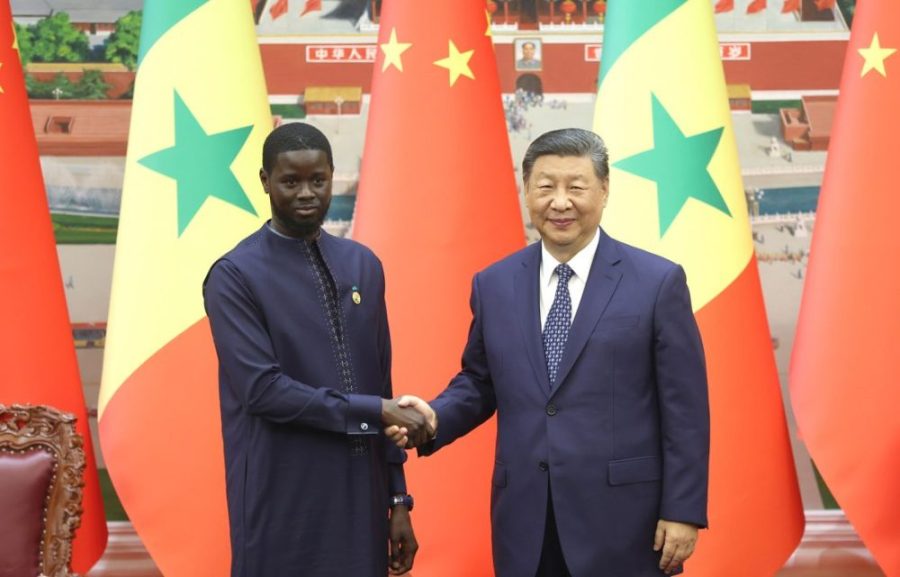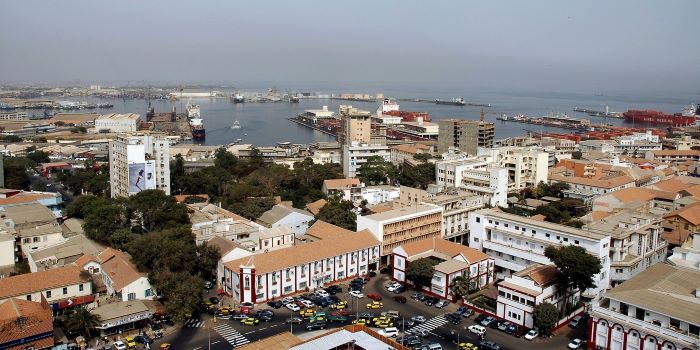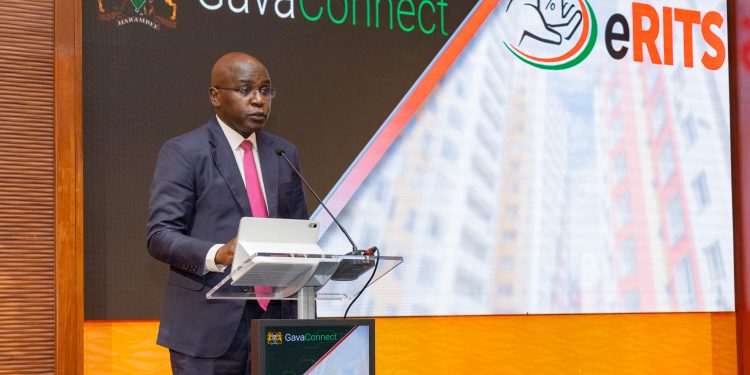Senegal, long considered a Francophone economic stronghold in West Africa, is undergoing a seismic shift in its trade alliances. For decades, France dominated as Senegal’s biggest trading partner, but recent data reveals a new leader: China. This transition didn’t happen overnight—it was a calculated move driven by infrastructure deals, flexible financing, and Senegal’s push for economic sovereignty. But what does this mean for the country’s balance of trade, currency stability, and future relations with France?
France’s historical influence over Senegal’s economy was cemented through the CFA franc (XOF in French), a colonial-era currency pegged to the euro and guaranteed by the French Treasury. However, resentment over perceived economic exploitation and limited industrial growth pushed Senegal to seek alternatives.
For over six decades, Senegal’s economy moved to the rhythm of French influence—anchored by the CFA franc, a currency pegged to the euro and backed by the French Treasury. But in a dramatic turn, China has dethroned France as Senegal’s top trading partner, marking a pivotal moment in West Africa’s geopolitical landscape.
This shift isn’t just about trade numbers—it’s a story of infrastructure diplomacy, debt-fueled growth, and Senegal’s calculated gamble to break free from post-colonial economic constraints. With China’s trade volume now nearly double that of France’s, what does this mean for Senegal’s economic sovereignty, currency stability, and future relations with Europe?
The Fall of France – How Did It Happen? France’s economic dominance in Senegal was built on a mix of colonial legacy, cultural ties, and monetary control. The CFA franc (1 EUR = 655.96 CFA) ensured stability but came with strings attached—French oversight of monetary policy and a requirement to keep 50% of foreign reserves in the French Treasury.
Yet, by the 2010s, Senegal’s leadership grew frustrated. Despite France remaining a key investor, its approach—heavy on aid, light on industrialization—failed to spur transformative growth. Enter China, armed with deep pockets and a no-strings-attached policy.
Key Turning Points. The turn in Dakar’s policy towards China became visible with Senegal’s enlistment in China’s Belt and Road Initiative (BRI) in 2014, a development that unlocked billions in infrastructure financing. In 2016, Beijing demonstrated that it means business with the commission of the Diamniadio Toll Highway ( valued at 537 million USD / 490 million EUR), Senegal’s first Chinese-built mega-project. 2020 marked China’s official overtake of France as Senegal’s largest import partner, flooding markets with affordable electronics and machinery.
Two years later, Sino-Senegalese bilateral trade hit 3.8 billion USD (≈3.5 billion EUR), dwarfing France’s 2.1 billion USD (≈1.9 billion EUR).
China’s Playbook – Debt, Infrastructure, and Soft Power. Senegal mirrors its broader African playbook, a replay of Beijing’s winning strategy in the continent – Infrastructure for Influence. This took off with the Taiba N’Diaye Wind Farm (342 million USD / ≈312 million EUR) – West Africa’s largest, built by Chinese firm Sinohydro.This was followed by Chinese installed Port of Dakar Expansion (1.1 billion USD / ≈1 billion EUR) – A BRI flagship project to rival Abidjan and Lagos.
Senegal’s debt to China surged to 1.6 billion USD (≈1.46 billion EUR) by 2024. Unlike IMF loans, Chinese financing lacks austerity conditions—never mind western critics talk of “debt-trap diplomacy”, which very few people in Africa take seriously.The Mining industry in many African countries, represents another level of China’s economic engagement in Senegal. China is securing rights to Senegal’s gold, zirconium, and phosphates, key for tech manufacturing.
Trade Deficits and Currency Risks. While Chinese investment fuels GDP growth (projected at 8.3% in 2024), challenges loom. Trade Imbalance is the first part of the story. Senegal imports 4.2 billion USD (≈3.8 billion EUR) annually (mostly Chinese goods) but exports just 2.9 billion USD (≈2.6 billion EUR) (fish, phosphates, peanuts). Another, is Senegal’s CFA Franc Dilemma. The CFA-EUR peg keeps inflation low but restricts monetary flexibility—problematic as debt mounts.
While Senegal’s indebtedness to China which stands at 22% of Senegal’s total external debt, has sparked talks in certain quarters of a distant possibility of asset seizures, there is little evidence that Beijing would some day seek to redeem its debt by seizures of assets in Senegal. A superfluous assumption given that Chinese funded infrastructure in Africa will remain in Africa, as essential features of local socioeconomic ecosystem.
France’s Fightback – Too Little, Too Late? Paris isn’t surrendering quietly. Recent by Emmanuel Macron’s regime to mend relations with Francophone Africa, include the “Africa Reset” – a pledge by Paris to end the CFA franc (rebranded as “Eco”). But skepticism remains. While French military ties with France was recently severed, as the behest of Dakar, French remains Senegal’s lingua franca, and elite ties run deep.
Yet, without matching China’s investment scale, France risks irrelevance. A Senegalese economist put it bluntly: “France offers lectures; China offers bulldozers.” China’s investments which targets at modernizing Senegal into a West African hub, appears a mutually shared policy ambition in Dakar and Beijing.
Senegal’s pivot reflects Africa’s larger realignment—away from traditional patrons toward pragmatic, if risky, partnerships. As President Bassirou Diomaye Faye navigates this high-stakes game, one truth is clear: the era of French economic hegemony in Francophone Africa is over.
The question now is whether China’s embrace will lift Senegal to middle-income status. For France, the clock is ticking to prove it’s more than a relic of the past.
Data Box: Senegal’s Top 3 Trade Partners (2024)
China: 3.8B USD (≈3.5B EUR)
France: 2.1B USD (≈1.9B EUR)
India: 1.4B USD (≈1.3B EUR)Photo – President Xi Jinping and visiting Senegalese President Bassirou Diomaye Faye




